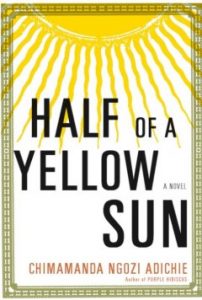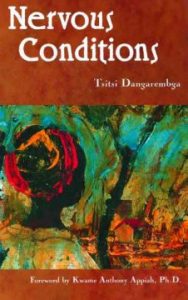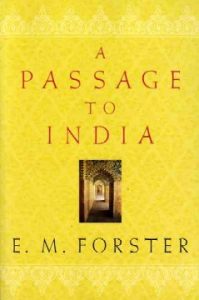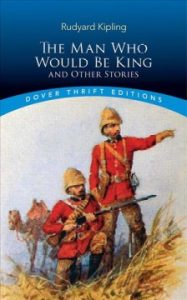On this warm day, we bring you a post that ran last year, dealing with the treacherous nature of summer weather and how bad it could really be. We hope you enjoy this trip down memory lane!
…It seems this year, dear patrons, summer is holding out on us. Today’s temperature is hovering near records lows, and it’s a bit…well…murky.
Now, that’s not to say that a brilliant, seasonal summer is not on the horizon. I’ve already got one sunburn this year, so it’s not like we’ve never seen the sun. It’s not like we’re in a year without a summer…
…although that did happen….
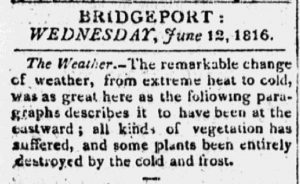
The year of 1816 is known as “The Year Without A Summer“. This was largely due to global climactic abnormalities both caused and exacerbated by the eruption of Mount Tambora, on the island of Sumbawa in what is today Indonesia. The eruption remains one of the most powerful eruptions in recorded history, and the only VEI-7 event witnessed (that means it’s super-colossal big). The ash from that explosion was trapped in the Earth’s atmosphere, and spread around the globe, causing massive temperature drops (since sunlight could not penetrate the ash cover). Since the Earth was already experiencing what is now know as the “Little Ice Age”, this means that temperatures that were already lower than average plummeted, causing continental-wide harvest failures, and what Historian John D. Post has called the “the last great subsistence crisis in the Western world”.

We’re talking freezing temperatures here, snow in June (actually, on June 6th, according to historic records). In the Berkshires, there was frost in August. There were also wild temperature swings–areas of Pennsylvania recorded temperatures in the nineties in August, only to be below freezing three days later. The result was widespread famine in Europe, especially in Ireland, north England, and Germany.
There were also a few not-so-horrific results of this summer. Because of the pollution in their air reflecting the light, sunsets were said to be particularly spectacular during the three years that the effects of the Tambora were felt globally. You can see these in the paintings by artist J.M.W. Turner, as seen below:

The lack of oats to feed horses may have inspired the German inventor Karl Drais to research new ways of horseless transportation, which led to the invention of the velocipede, which was an early version of what we now know as the bicycle.
And because there was so much rain that summer, Percy Shelley and his wife Mary were forced to stay in doors during their holidays in Lake Geneva, which they spent with Lord Byron and Dr. Polidori. That was the trip during which Mary Shelley first told the story that would become Frankenstein.

Now, I’m not saying that you or I are going to use these chilly damp days (which are nothing compared to the Year Without A Summer, if we’re all being serious here for a second*) to invent a machine that will revolutionize human transport, or create a work of art that will redefine humanity. But you might want to come into the Library and check out one of these books that focus on The Year Without A Summer. You never know the effects it might have!
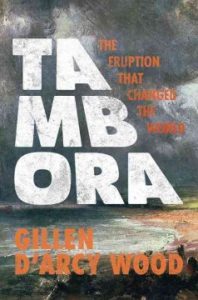 Tambora : the eruption that changed the world: There are a number of books that look at Tambora and its effects, but Gillen D’Arcy Wood’s book looks at the eruption itself, and the global catastrophes it caused, but also brings the story forward, utilizing modern climate science to talk about manmade climate change in our own time. Another quality selection is William Klingaman’s The year without summer : 1816 and the volcano that darkened the world and changed history, which emphasizes the social, cultural, and political changes wrought by the effects of the Tambora eruption.
Tambora : the eruption that changed the world: There are a number of books that look at Tambora and its effects, but Gillen D’Arcy Wood’s book looks at the eruption itself, and the global catastrophes it caused, but also brings the story forward, utilizing modern climate science to talk about manmade climate change in our own time. Another quality selection is William Klingaman’s The year without summer : 1816 and the volcano that darkened the world and changed history, which emphasizes the social, cultural, and political changes wrought by the effects of the Tambora eruption.
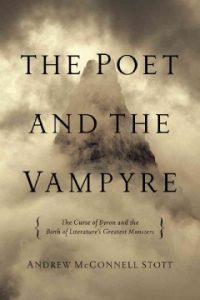 The poet and the vampyre : the curse of Byron and the birth of literature’s greatest monsters: Though Frankenstein is probably the most well-known work to emerge from that infamous trip to Lake Geneva, it should not be forgotten that Byron’s physician-friend, John Polidori, also wrote what we generally assume to be the first vampire tale, called “The Vampyre”. It was mostly a send-up of Byron, which whom Polidori was very, very miffed, but still. Without Polidori, we;d never have Dracula. In this weirdly wonderful book, Andrew McConnell Stott looks at the love affairs, literary rivalries, and the supernatural influences that combined and collided to bring Percy and Mary Shelley, Byron, and Polidori to Geneva, and the effects of their meeting on world literature to this very day.
The poet and the vampyre : the curse of Byron and the birth of literature’s greatest monsters: Though Frankenstein is probably the most well-known work to emerge from that infamous trip to Lake Geneva, it should not be forgotten that Byron’s physician-friend, John Polidori, also wrote what we generally assume to be the first vampire tale, called “The Vampyre”. It was mostly a send-up of Byron, which whom Polidori was very, very miffed, but still. Without Polidori, we;d never have Dracula. In this weirdly wonderful book, Andrew McConnell Stott looks at the love affairs, literary rivalries, and the supernatural influences that combined and collided to bring Percy and Mary Shelley, Byron, and Polidori to Geneva, and the effects of their meeting on world literature to this very day.
 To Charm a Naughty Countess: Just to lighten the mood a bit…Theresa Romain’s novel is set during the summer of 1816, and features Michael, Duke of Wyverne, who is desperately trying to save his estate from financial ruin after another abysmal harvest. The simplest course of action is to marry, but for someone as anxious and socially awkward as Michael, the prospect seems deem, until the widowed Countess of Stratton decides to take him under her wing. This is an all around delightful romance, featuring a decidedly un-alpha hero and a heroine who defies all conventions, and comes highly recommended, regardless of its time-setting.
To Charm a Naughty Countess: Just to lighten the mood a bit…Theresa Romain’s novel is set during the summer of 1816, and features Michael, Duke of Wyverne, who is desperately trying to save his estate from financial ruin after another abysmal harvest. The simplest course of action is to marry, but for someone as anxious and socially awkward as Michael, the prospect seems deem, until the widowed Countess of Stratton decides to take him under her wing. This is an all around delightful romance, featuring a decidedly un-alpha hero and a heroine who defies all conventions, and comes highly recommended, regardless of its time-setting.
*And just for the record, this event is a meteorological/climatological phenomenon that has nothing to do with global warming. Indeed, the process of global warming would begin in earnest about a decade after this summer with the escalation of the Industrial Revolution. Just so we don’t get confused here.



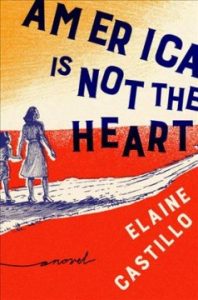
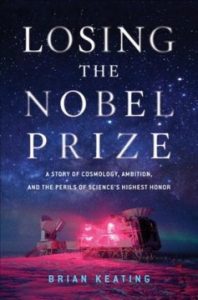
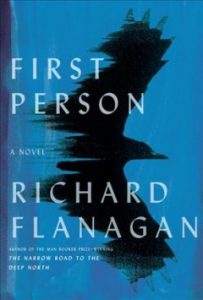
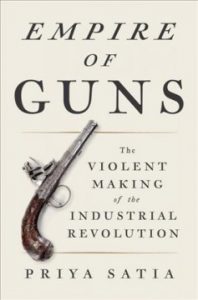
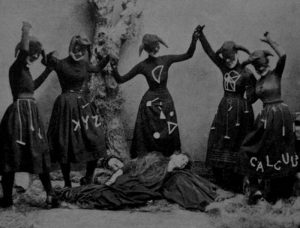
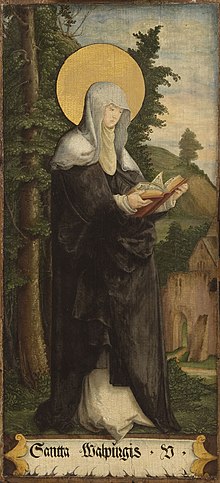 On the night before the first of May, people in European countries including the Netherlands, Germany, the Czech Republic, Slovenia, Sweden, Lithuania, Latvia, Finland, and Estonia observe Walpurgisnacht, which is the eve before the Feast of Saint Walpurga (pictured at left), an 8th century British abbess who traveled to what is now Germany as a missionary. Walgpurga was renowned for her medical abilities, and her abbey in Germany was considered “a center of culture” where people came to learn as well as to seek aid and spiritual guidance. Following her death in 777, and subsequent canonization, people prayed to Saint Walpurga to repel the effects of witchcraft on their bodies and their possessions. On May 1, 870, her relics were relocated to Eichstätt, a town in the Bavarian area of Germany, and local stories note that miraculous cures were reported as her remains traveled along the route. Over time, the evening before Walpurga’s feast day on May 1 was seen as the night when all the evil in the world had free reign–a time that ended with Walpurga’s Day.
On the night before the first of May, people in European countries including the Netherlands, Germany, the Czech Republic, Slovenia, Sweden, Lithuania, Latvia, Finland, and Estonia observe Walpurgisnacht, which is the eve before the Feast of Saint Walpurga (pictured at left), an 8th century British abbess who traveled to what is now Germany as a missionary. Walgpurga was renowned for her medical abilities, and her abbey in Germany was considered “a center of culture” where people came to learn as well as to seek aid and spiritual guidance. Following her death in 777, and subsequent canonization, people prayed to Saint Walpurga to repel the effects of witchcraft on their bodies and their possessions. On May 1, 870, her relics were relocated to Eichstätt, a town in the Bavarian area of Germany, and local stories note that miraculous cures were reported as her remains traveled along the route. Over time, the evening before Walpurga’s feast day on May 1 was seen as the night when all the evil in the world had free reign–a time that ended with Walpurga’s Day.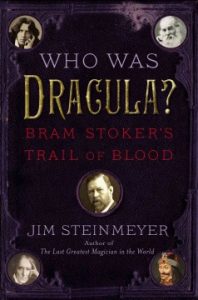 That is why, when Jonathan Harker travels through Hungary to Romania in the opening chapters of
That is why, when Jonathan Harker travels through Hungary to Romania in the opening chapters of 

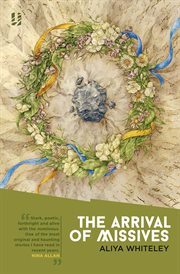


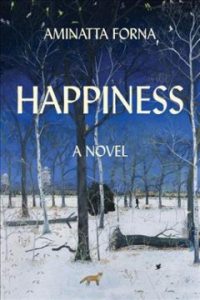
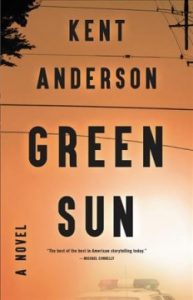
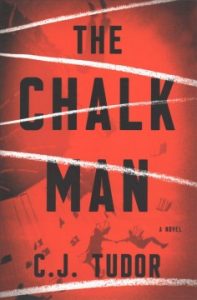
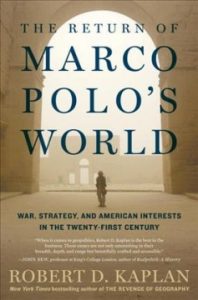
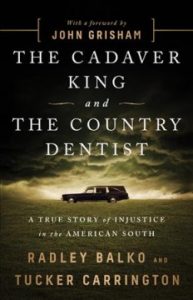


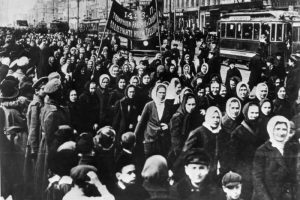

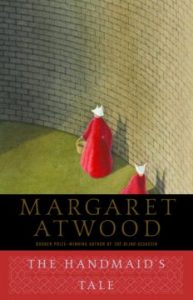 The Handmaid’s Tale
The Handmaid’s Tale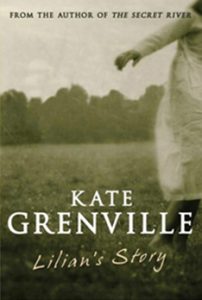 Lilian’s Story
Lilian’s Story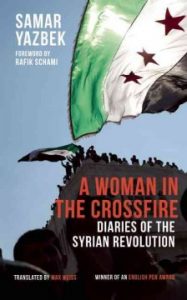 A Woman in the Crossfire : Diaries of the Syrian Revolution
A Woman in the Crossfire : Diaries of the Syrian Revolution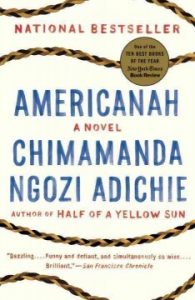 Americanah
Americanah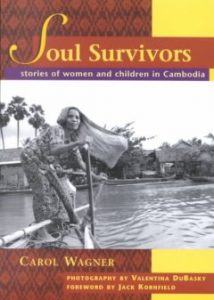 Soul survivors : stories of women and children in Cambodia
Soul survivors : stories of women and children in Cambodia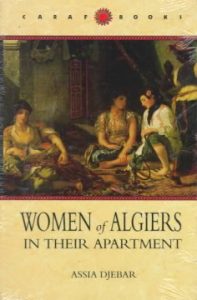 Women of Algiers in Their Apartment
Women of Algiers in Their Apartment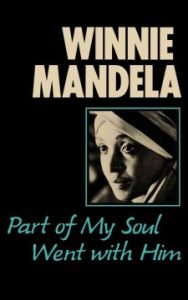 Part of My Soul Went With Him
Part of My Soul Went With Him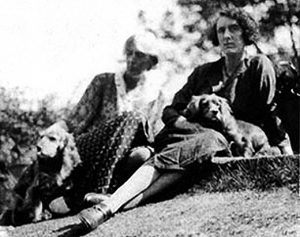

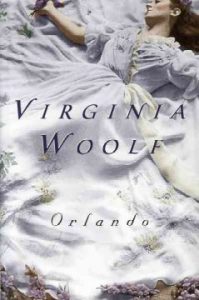 Years later, Virginia would present Vita with her novel
Years later, Virginia would present Vita with her novel 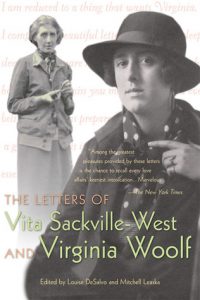
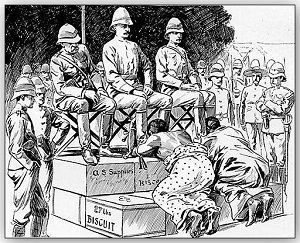
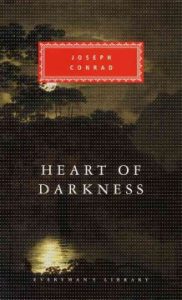 To use an example: Joseph Conrad’s
To use an example: Joseph Conrad’s 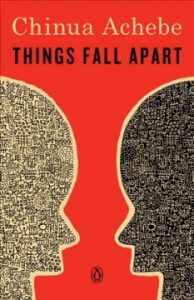 There are two big problems with the phrase “post-colonial”. The first is that it implies to many that the “colonial” period ended. While this may be true in practice, many sites around the world are still grappling with the trauma, the structural inequalities, the cultural ruptures, and social stigmas that colonialism and imperialism imposed on them. The second problem with “post-colonial” is that is that it insists on a “colonial period.” This phrase, first, subtly reinforcing that harmful power relationship by invoking it constantly. A number of books written by authors from countries that were once colonies or sites of empire get labeled as “post-colonial” when they have nothing to do with the imperial relationship. They get that label based on their country’s and people’s history. For example,
There are two big problems with the phrase “post-colonial”. The first is that it implies to many that the “colonial” period ended. While this may be true in practice, many sites around the world are still grappling with the trauma, the structural inequalities, the cultural ruptures, and social stigmas that colonialism and imperialism imposed on them. The second problem with “post-colonial” is that is that it insists on a “colonial period.” This phrase, first, subtly reinforcing that harmful power relationship by invoking it constantly. A number of books written by authors from countries that were once colonies or sites of empire get labeled as “post-colonial” when they have nothing to do with the imperial relationship. They get that label based on their country’s and people’s history. For example, 